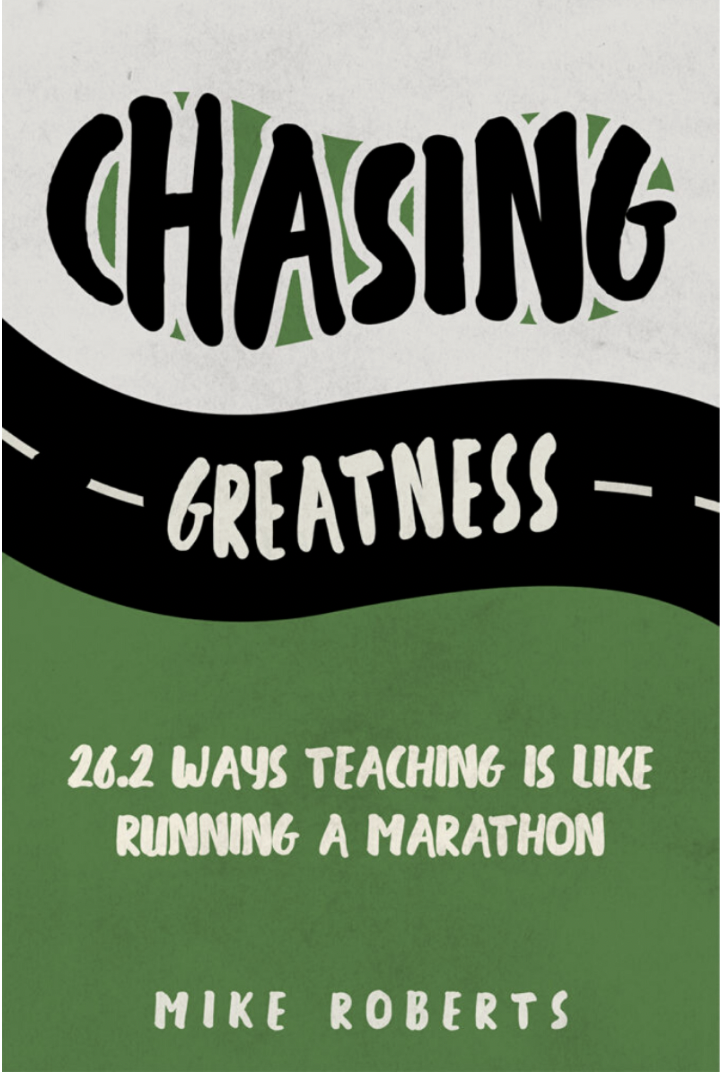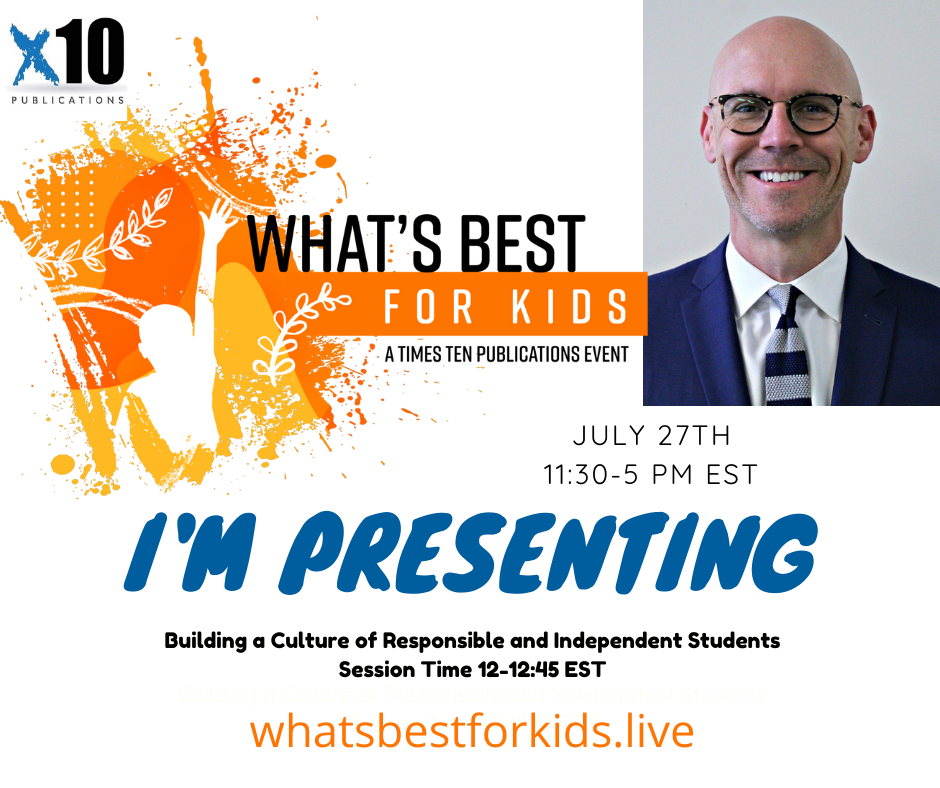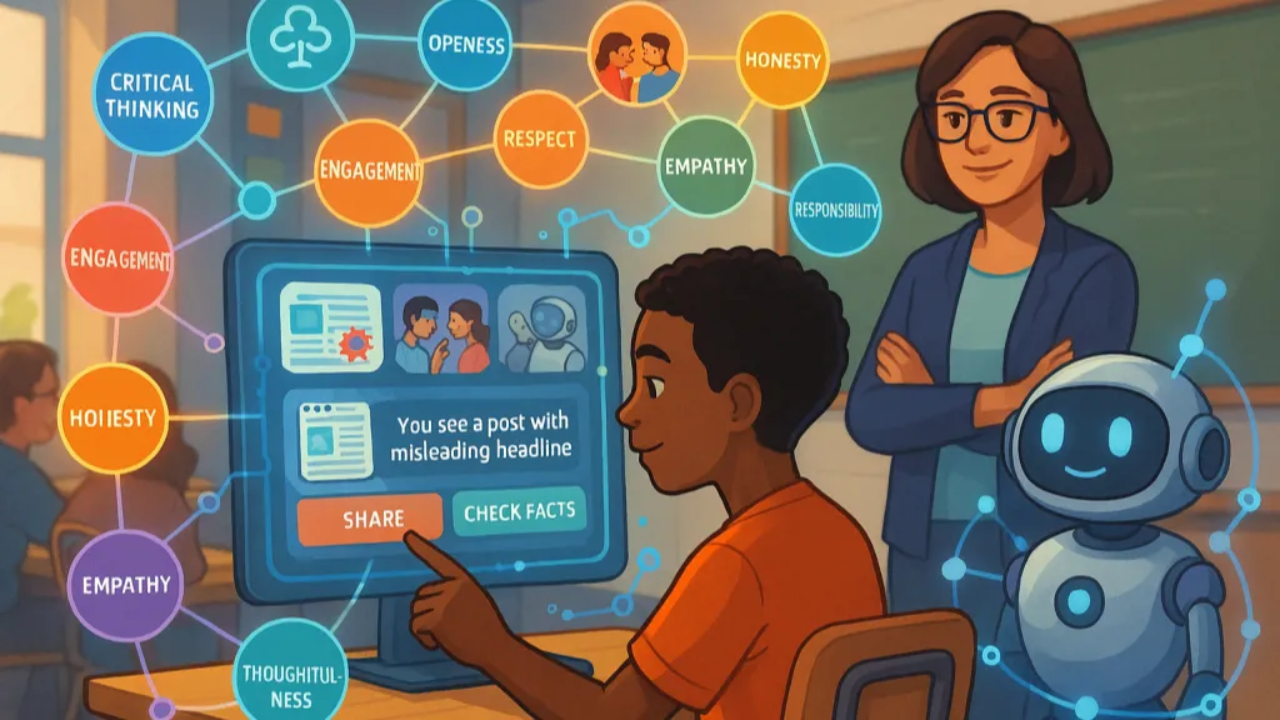Push Your Boundaries: 3 Ways To Step Outside Your Comfort Zone
Jul 09, 2021
After twenty years of teaching and more than fifty marathons, Mike Roberts is still chasing greatness. In his book, Chasing Greatness, Roberts shares his experiences while showing you, teacher and/or marathoner, how to run the most enriching race of your life.
The Warmup: Change Is Good
I loved running half marathons.
I ran my first one in October of 2009, and for the next year, I averaged more than one race per month. In fact, during the spring of 2010, it wasn’t rare for me to bust them out on back-to-back weekends. They were fun, fast, and I couldn’t imagine running getting any better than when I was doing it 13.1 miles at a time.
Then I decided to run a marathon.
Once I started full marathons, I went all-in.
Marathons had really gained popularity by that time, and as a result, had I chosen to, I could have run one nearly every weekend without having to travel more than fifty miles from home.
So by the time spring of 2011 came around, I had already completed six full marathons. And at that point, I was sure running couldn’t possibly get any better than cranking out 26.2 miles on a closed road, with hundreds of other like-minded individuals.
The Final Kick: It’s Hard to Let Go
Like running, teaching also requires boundary-pushing every now and then. When I first started teaching, my starter activity for every class period was for students to respond to the “Question of the Day” (QOD).
This was my way of not only getting them to settle down, but also giving them the chance to share their thoughts on a variety of subjects. I would come to class each morning, think up a relevant topic, and smile at my own cleverness as I wrote the question on the board.
It was the perfect starter, and it worked flawlessly for weeks.
Then one of my students told me that doing the QOD every day was boring.
Now, I didn’t want to overreact to a comment from one student, so I decided to do a little investigating and ask other students what they thought.
And sure enough, the majority of them agreed, saying that the QOD had become stale as a result of having to respond to it each and every day.
I was crushed. The QOD was my go-to starter, and it fit perfectly into my system in that it provided my students an opportunity to spend a few minutes in daily writing.
So being a first-year teacher who really didn’t have many other strategies in my teaching tool belt, I opted to ignore my students’ input and instead forced them to continue trudging through the QOD every day for the remainder of the year.
Yep, regardless of whether they enjoyed it or not, I had a system, and they needed to get on board with it!
During the following summer, however, I decided that for the upcoming school year, I would try to incorporate a range of starter activities, rather than doing the same thing again and again.
From what I had gathered, it wasn’t necessarily the QOD that bored them, it was having to do it every day that was the issue. As I began putting together a variety of starter ideas, I realized that there were multiple ways to get students to do a quick writing assignment in class, with each one having its own individual flair.
Whether it was responding to a video clip, comparing two advertisements, or analyzing a song, my students the following year had a much more enjoyable and engaging relationship with their daily writing compared to those from the previous year.
The concept of the QOD was still there; it had just evolved into something even better.
The QOD example is one of many systems in my class that has either grown or changed over the years, as I increased my experience and teaching toolkit, and learned to push boundaries and grow. Other adaptations include:
My Reading List.
Currently, my students’ reading list is a mixture of classics and contemporary works, including a variety of self-selected novels, nonfiction, short stories, and poems.
This assortment of readings has resulted in a more consistent level of student participation. It provides students with a diversity of topics and styles as a way of keeping them interested in each new reading.
And while the learning targets have remained fairly consistent over the years, the methods we use in class to reach those goals are now as varied as the students within the class.
My Desk Arrangement.
For the first fifteen years of my career, having my classroom desks neatly lined up in rows provided me with a sense of order and structure. I loved it!
But I also understood that just because it worked for me didn’t necessarily mean it was the best for my students. So when I recently read about the benefits of students using standing desks, I decided to add a few to my room to see what would happen.
The impact was immediate, and I couldn’t believe how focused the students were when they used the standing desks. These desks were especially beneficial to my more active students who, when seated all day, struggled to focus on the task at hand.
As a result, I have slowly added a standing desk or two to my classroom every year.
Today, three-fourths of the desks in my room are standing desks, and I am hoping to be desk-free within the next two years. And while desks like these don’t fit into rows like traditional desks, I will happily trade what works for me for what works best for my students.
How I Assess.
Grades are a big deal, and for the first decade of my career, I made sure to personally grade every paper, test, or homework assignment that students handed in.
Just like with the books I was teaching, I consistently stuck with the standards that my teachers had used on me when it came to grading.
But after years of driving papers to and from school, having students debate me over one point on a test, or personally questioning a grade I gave on an assignment, I chose to start allowing students to self-assess their work.
This included papers, projects, and daily participation.
Adopting self-assessments changed the narrative about grades in my class by allowing students to tell me what they felt they earned on the assignment, rather than me telling them what they received.
The grade that I as the teacher used to “give” students has morphed into the grade that we, teacher and student, feel has been “earned.” This method broke down the mystery of grading, and has given me back hours that I used to spend grading every single assignment.

The Cool Down
It’s scary to try something new, especially when you already have a system in place that works.
But the question you need to consider is: What if there is an even better system? If you think about it, having a solid system already in place should, if anything, encourage you to try alternative approaches.
After all, if the new concept fails, you have a proven backup method ready to go.
I’ve had a variety of systems over the years that served their purpose, but because I was willing to push my teaching boundaries a bit, I was able to discover even better systems for both me and my students.
Tomorrow’s Training Plan
- Add a new text (book, song, video clip, movie, etc.) to a unit you teach based on student interest and input, and monitor whether their engagement level increases as a result.
- Look up alternatives to traditional desks and rows, and poll your students to see if they have any interest in trying flexible seating arrangements.
- Allow students to do a self-assessment on an upcoming assignment. Make sure that you give them a place to explain their reasoning for the grade. Determine whether this change in process also changes the feel of the classroom and the effectiveness of the project.








